
At least a dozen times a year, intruders try to jump the White House fence. Many of them succeed. Until Omar Gonzalez penetrated the White House itself, the Secret Service had stopped the intruders before they got inside, as the Secret Service admirably did on Wednesday evening when a Uniformed Division dog took down a fence jumper.
But this recent incident spotlights how foolish it is to keep the White House fence where it is. Many will argue that moving the perimeter to Lafayette Park and closing off access to the public along Pennsylvania Avenue somehow shuts down access to the president. But no one has access to the president without an appointment and being cleared by the Secret Service. The public sees the president almost every day on television. The idea that our rights will somehow be impinged upon by making the White House safer is a myth.
However, the latest incident underscores how important it is to overhaul the Secret Service and its management culture that fosters cutting corners. A report issued this week by the Department of Homeland Security’s Inspector General brings that into vivid focus. The report describes how Secret Service management as part of Operation Moonlight diverted agents on the so-called Prowler team from protecting President Obama at the White House to instead protecting Lisa Chopey, the assistant to then Secret Service Director Mark Sullivan, at her home in southern Maryland.
PHOTOS: Go Behind the Scenes with the Secret Service
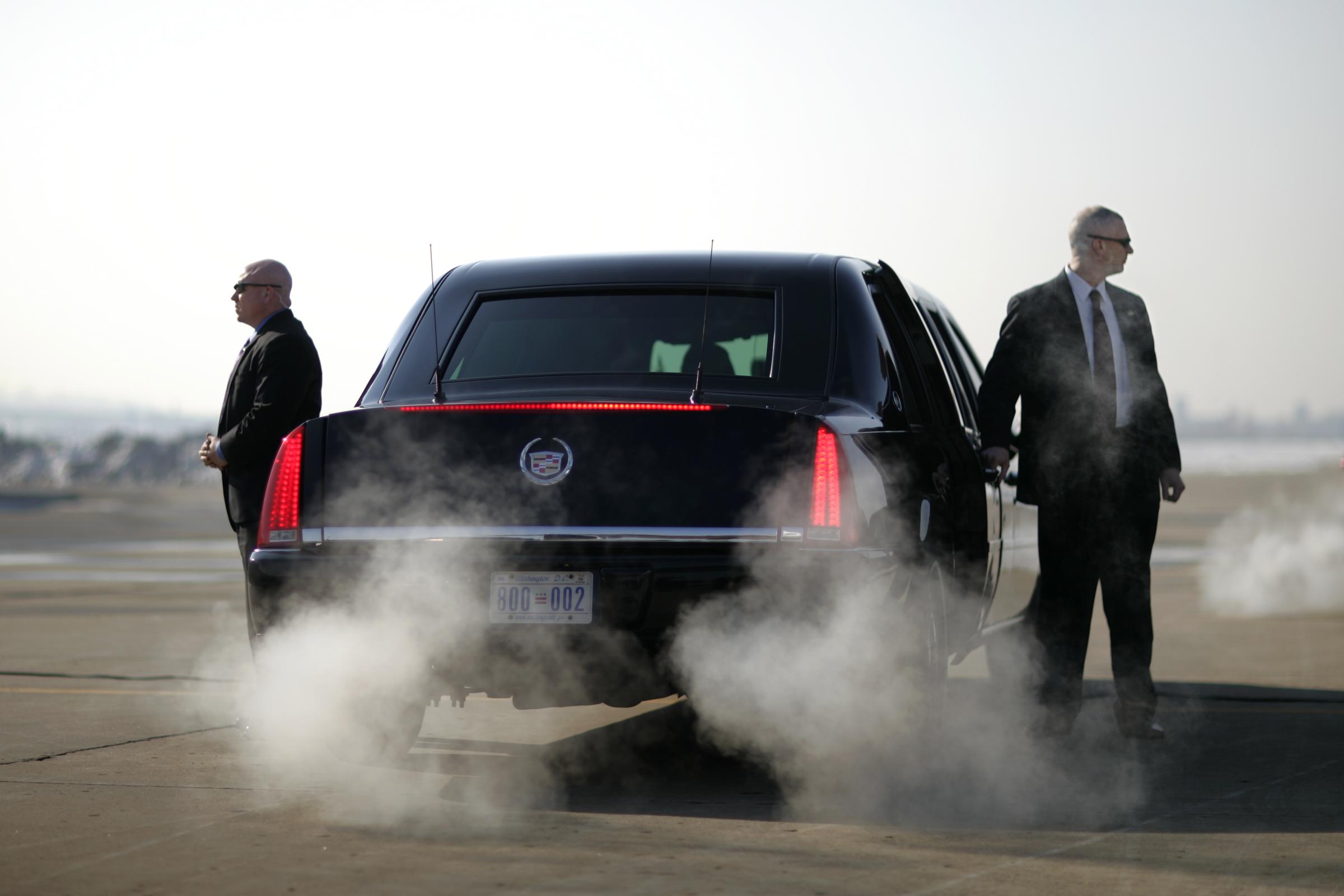
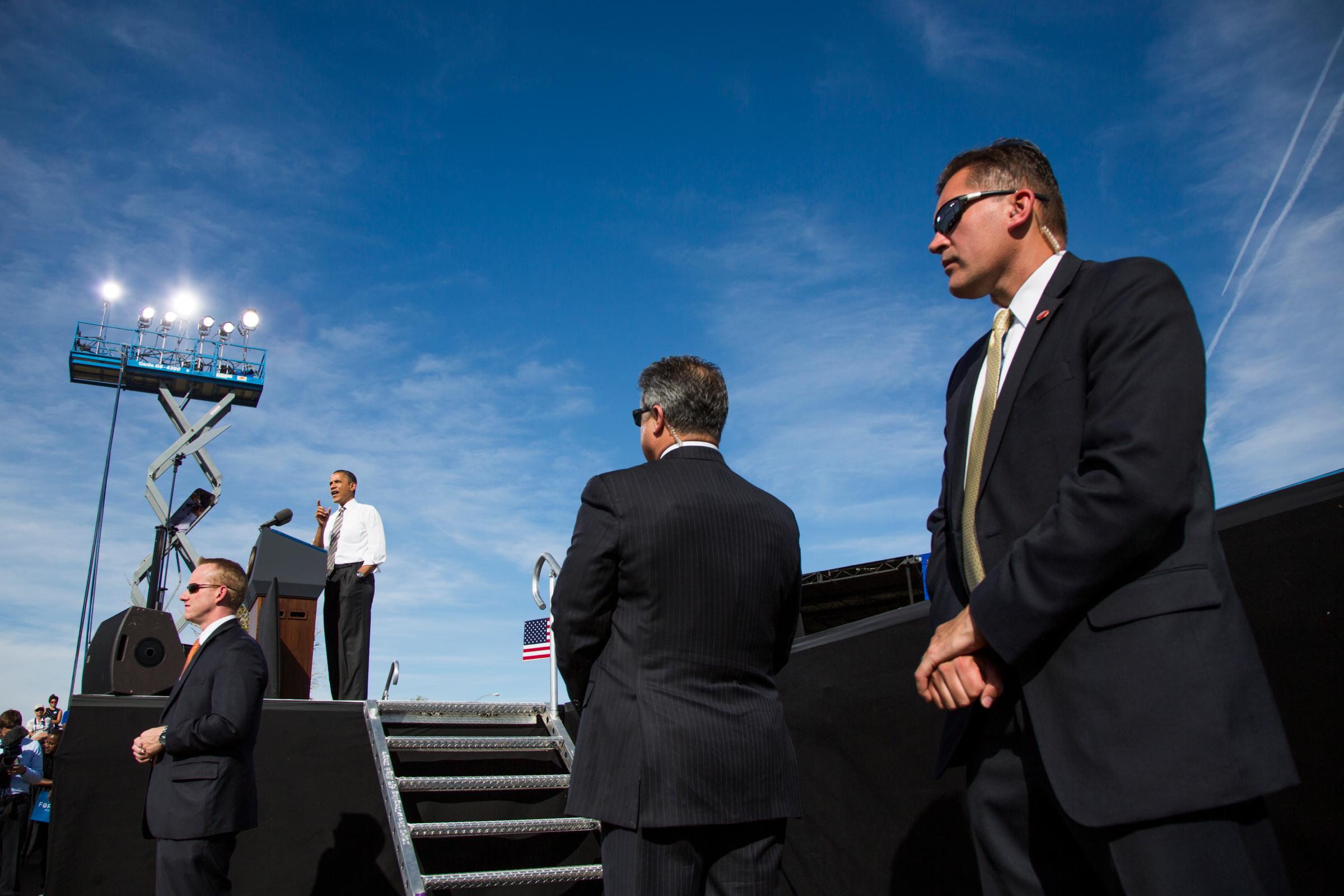



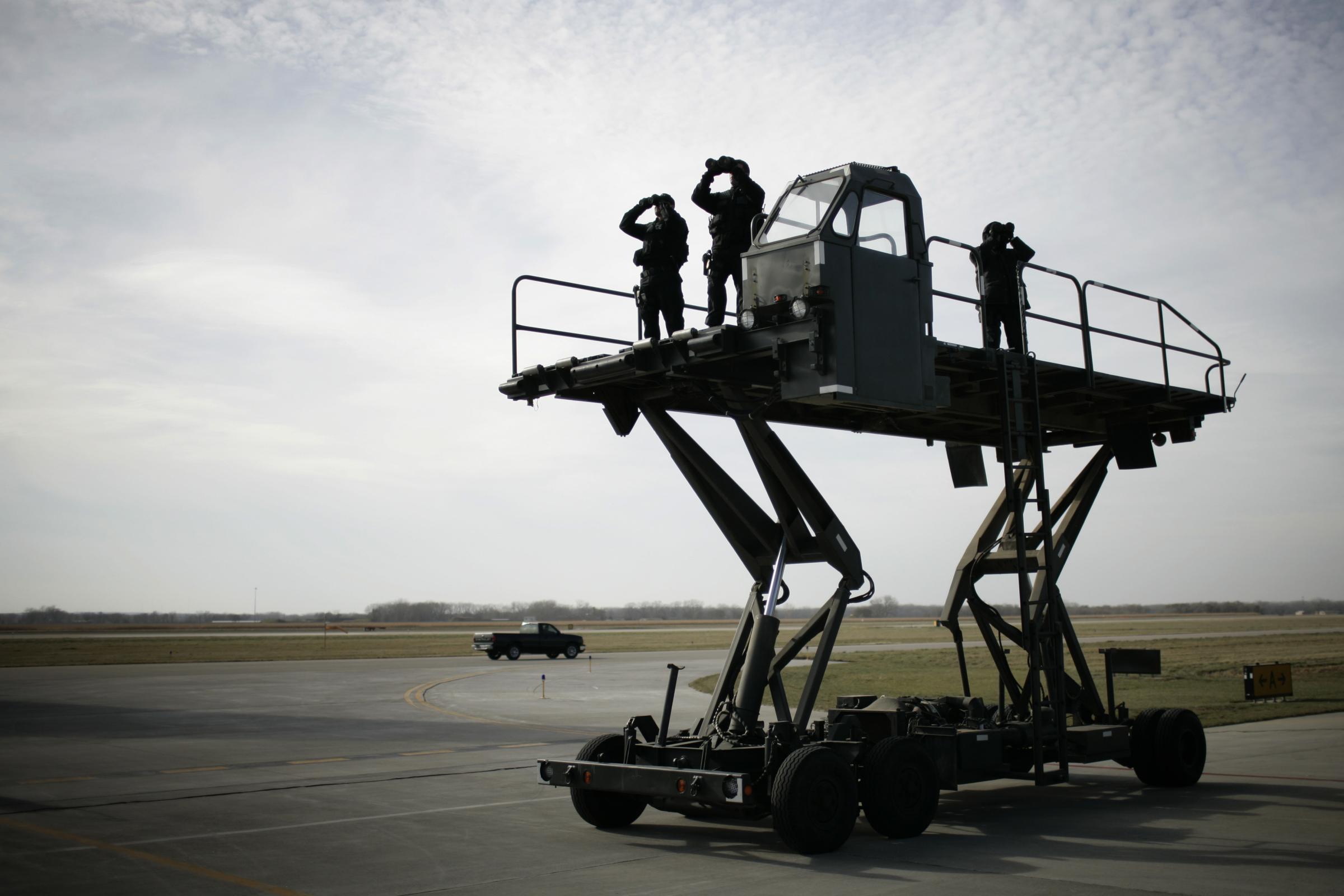
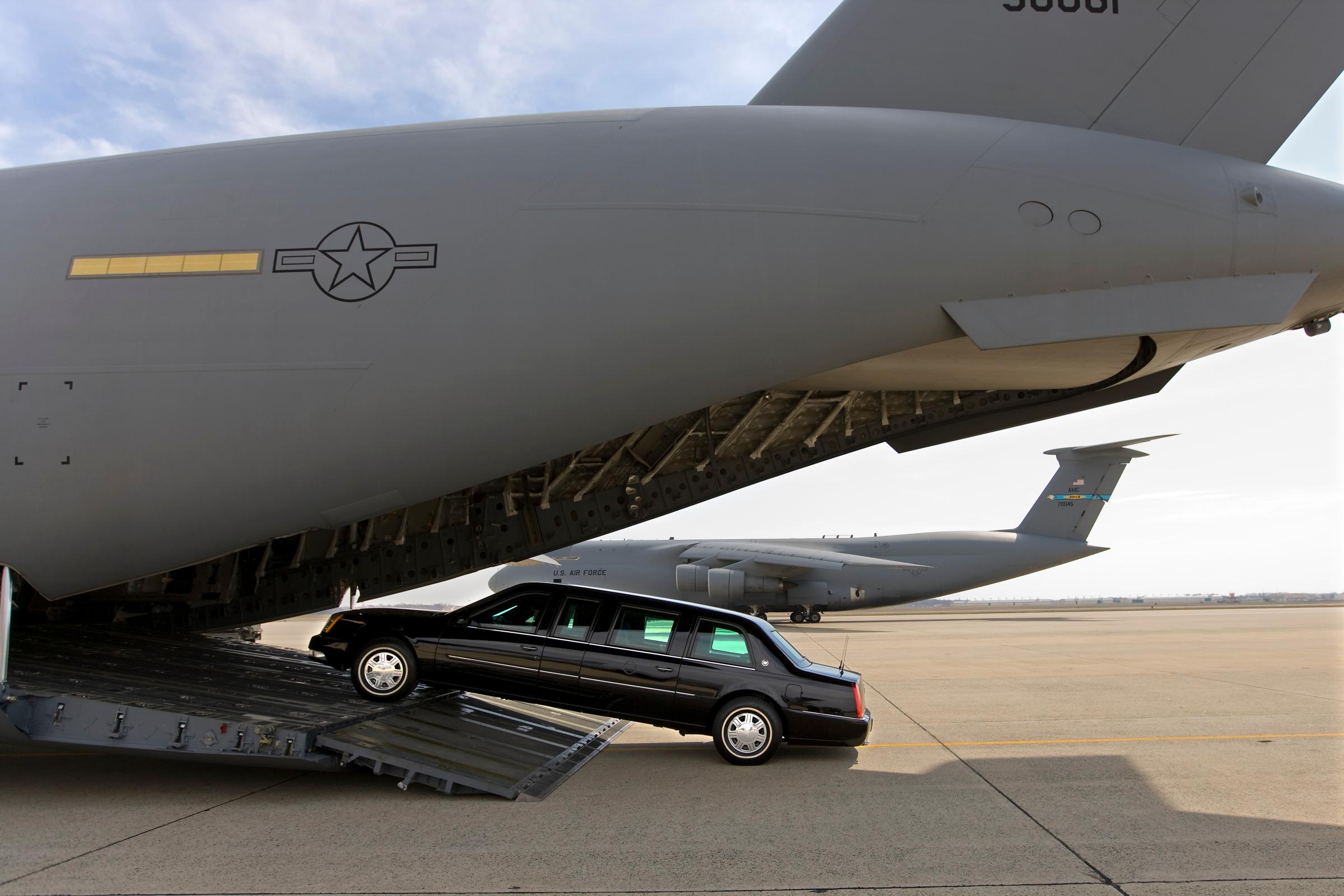
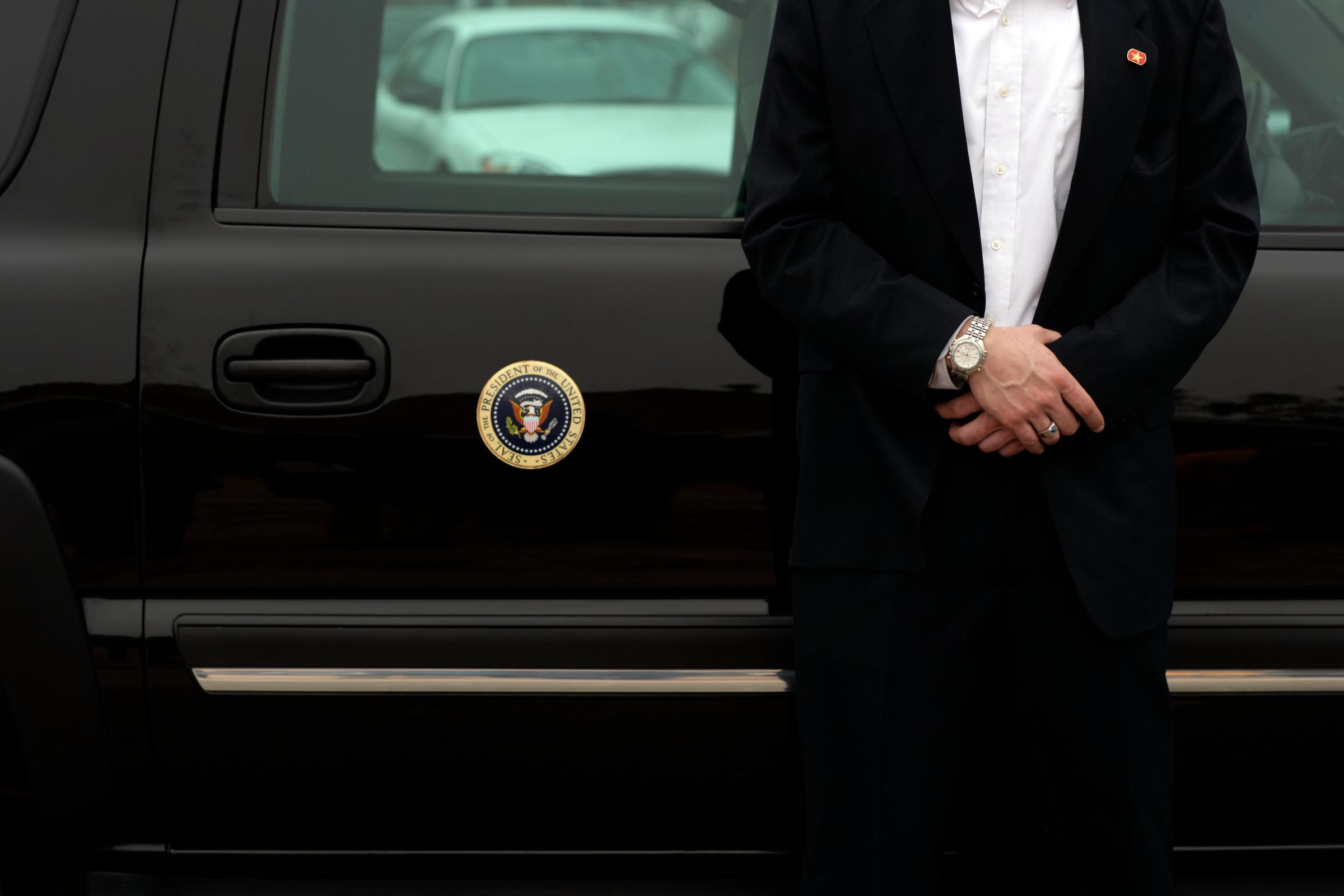
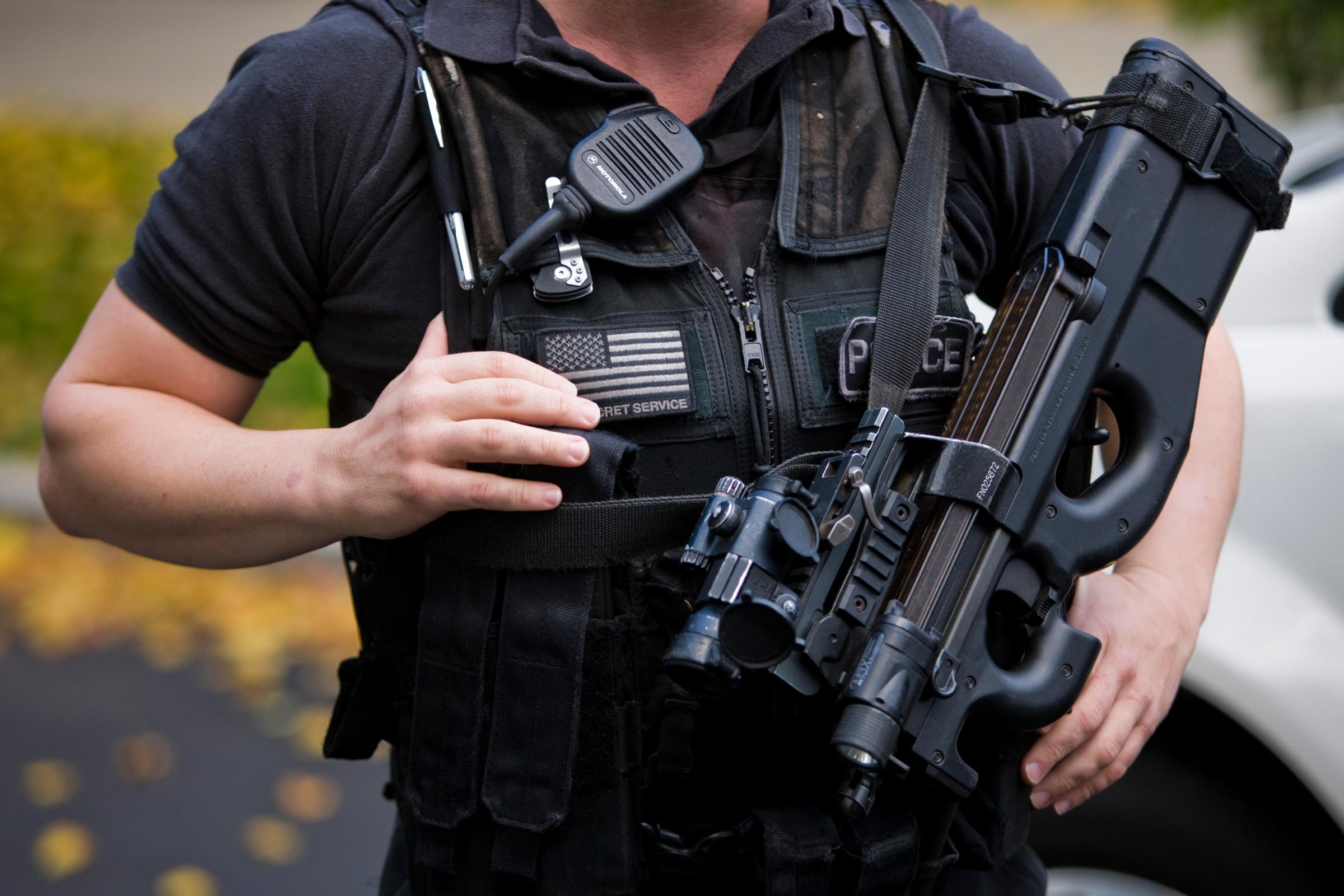
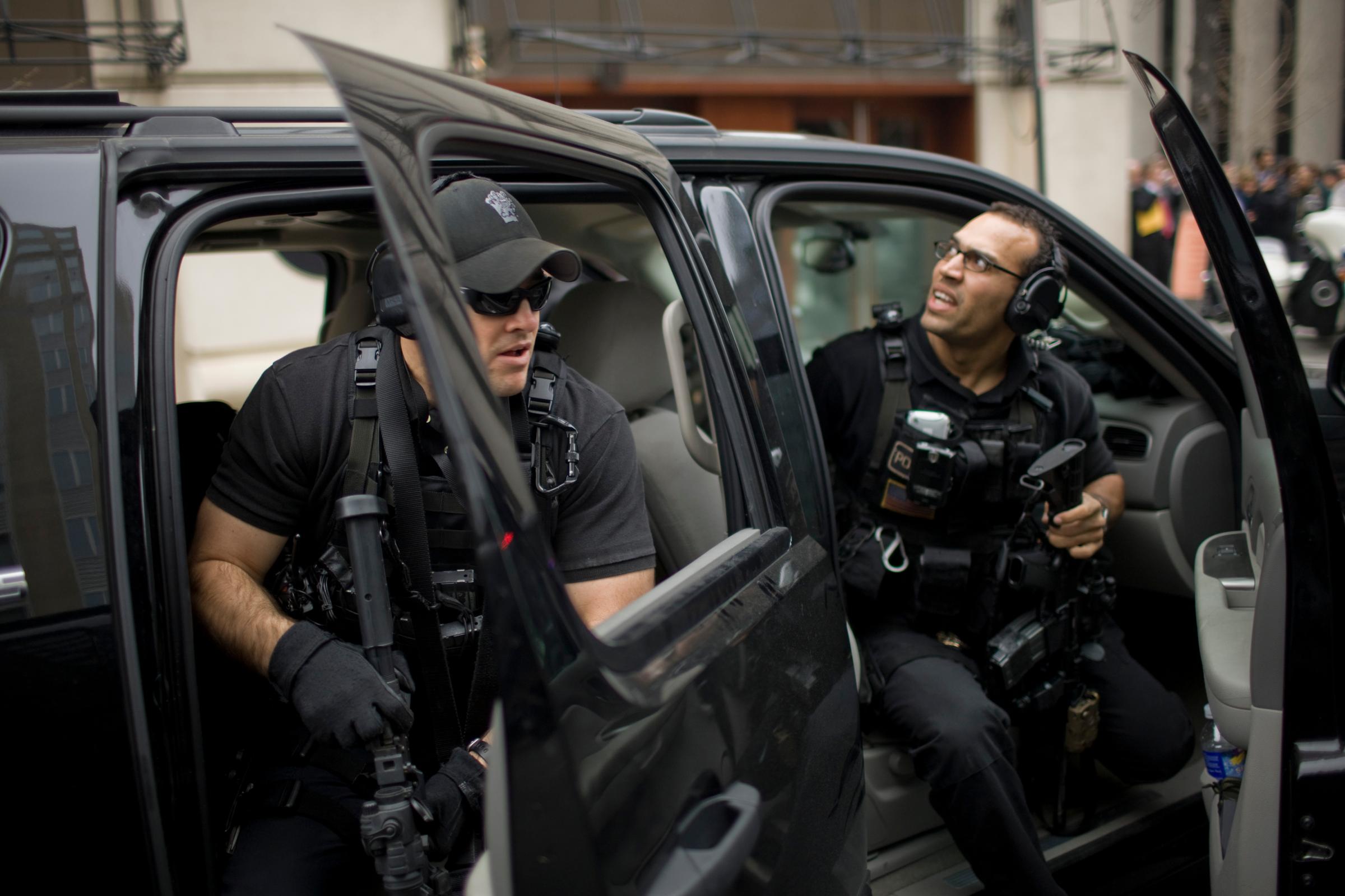
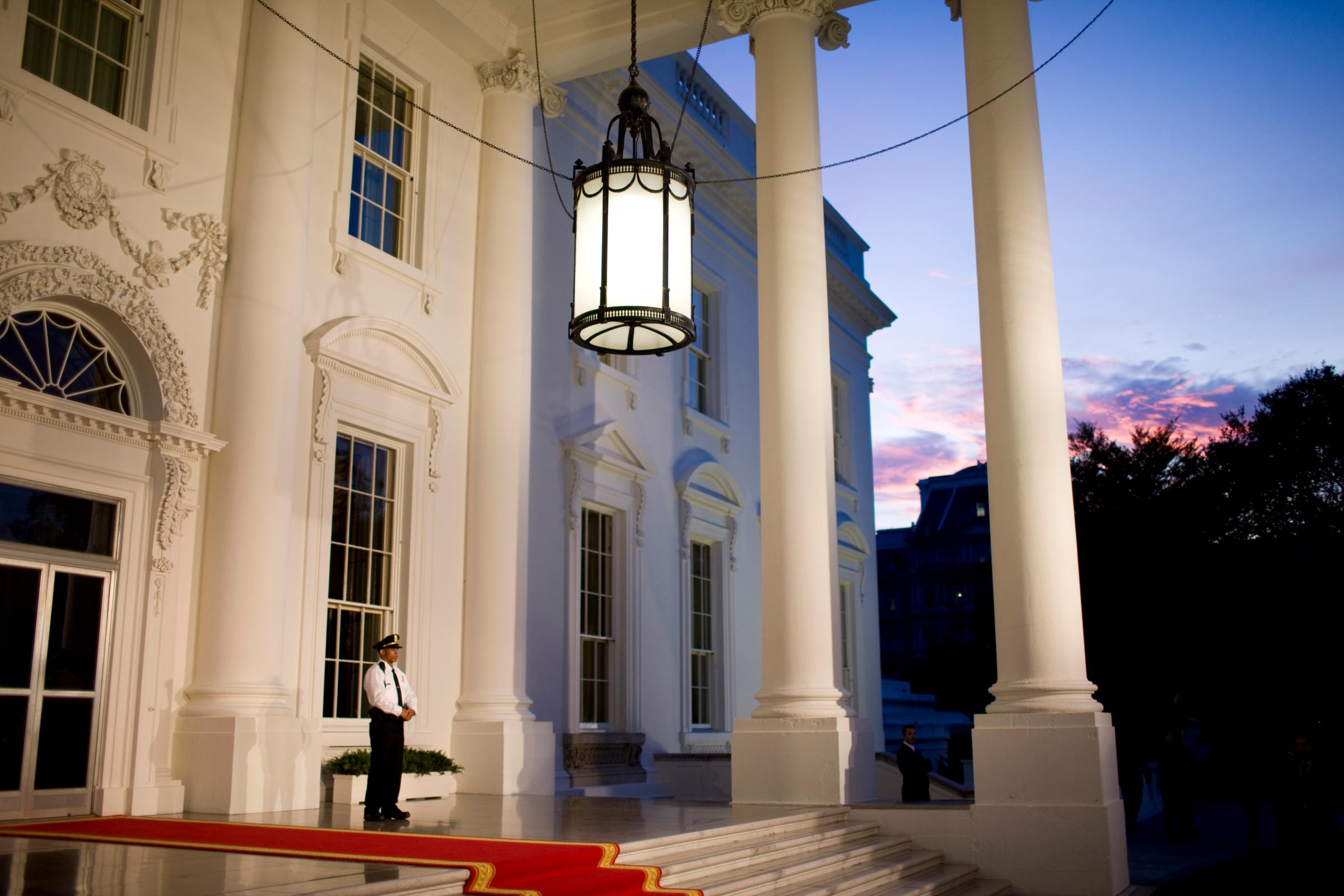

As first reported in my book The First Family Detail, the agents who were diverted to protect Chopey also retrieved confidential law enforcement records on Chopey’s neighbor who had allegedly harassed her. But neither the Secret Service nor the FBI has the authority to protect its own employees. Only when a federal law enforcement officer is threatened or retaliated against as a result of an investigation does such action become a federal offense. As a support employee, Chopey is not a law enforcement officer and was not engaged in an investigation. Thus, retrieving 13 pages of records on the neighbor violated federal criminal laws because the agents had no legitimate law enforcement authority to conduct an investigation of this nature (a point the DHS report failed to note).
Also left unsaid in the DHS report was that one of the purposes of the Prowler team is to look for possible snipers as Marine One lifts off with the president from the White House grounds. On July 1, 2011, Obama and his family left in the helicopter in the late afternoon to go to Camp David, but the Prowler team was nowhere to be found. Instead, the team had been diverted to protect Chopey in southern Maryland.
As if that is not shocking enough, the DHS report quotes Secret Service management and former director Sullivan as defending the decision to divert agents from protecting the president. They claimed the diversion did not impinge on the president’s safety. That, along with the comment by former Secret Service Director Julia Pierson that Secret Service uniformed officers exercised “tremendous restraint” in not taking out Gonzalez even though he penetrated the White House, pinpoints both the arrogance and the negligence of the Secret Service today.
The Secret Service agents involved in Operation Moonlight were fully aware that they were breaking the law, but they felt that their jobs were on the line, a Secret Service agent who asked not to be quoted by name for fear of reprisals told me for the book. The agents “obtained all this information illegally and kept it and were told not to talk about it outside the squad,” the agent says. “They kept records at the duty desk and made agents on every shift initial that they had gone all the way out to southern Maryland to check on the woman’s welfare on the taxpayer dollar.”
DHS Secretary Jeh Johnson has appointed a four-person panel to recommend security improvements at the White House and to suggest a new director. One development the panel should explore are so-called non-lethal weapons such as ear-splitting sound and high-energy beams that are used to protect our nuclear facilities. And the panel should recommend an outside director such as a former FBI official to change the management culture that encourages cover-ups and brazenly defends the indefensible.
This time, the Secret Service succeeded in apprehending a fence jumper. The next time, it may not. It took the assassination of President Kennedy to substantially upgrade the Secret Service the last time. It should not take another tragedy to reform the Secret Service now.
Ronald Kessler, a former Washington Post and Wall Street Journal investigative reporter, is the author of The First Family Detail: Secret Service Agents Reveal the Hidden Lives of the Presidents.
More Must-Reads from TIME
- How Donald Trump Won
- The Best Inventions of 2024
- Why Sleep Is the Key to Living Longer
- Robert Zemeckis Just Wants to Move You
- How to Break 8 Toxic Communication Habits
- Nicola Coughlan Bet on Herself—And Won
- Why Vinegar Is So Good for You
- Meet TIME's Newest Class of Next Generation Leaders
Contact us at letters@time.com